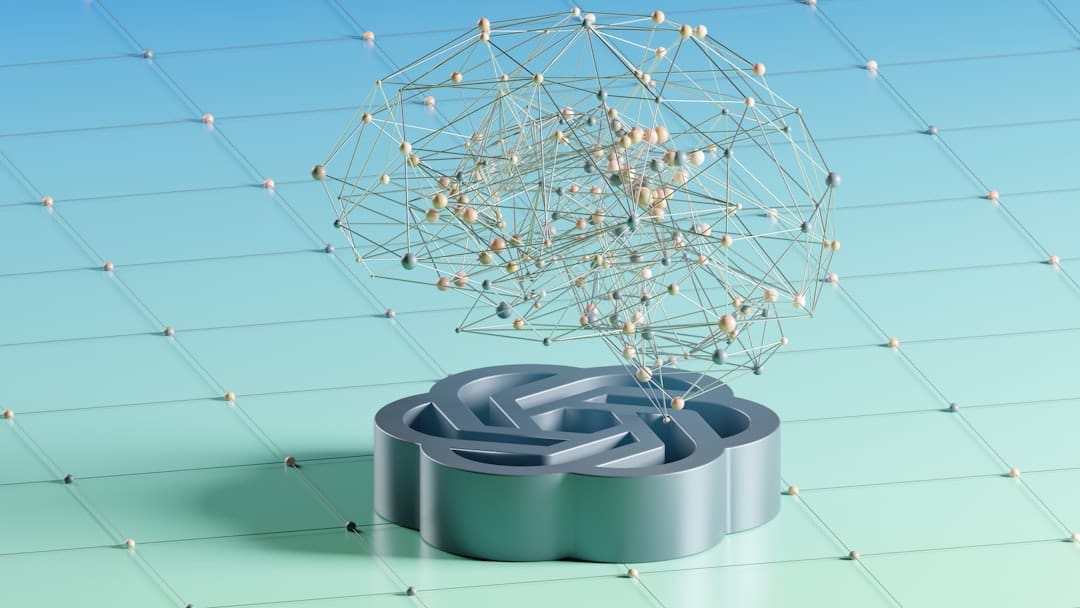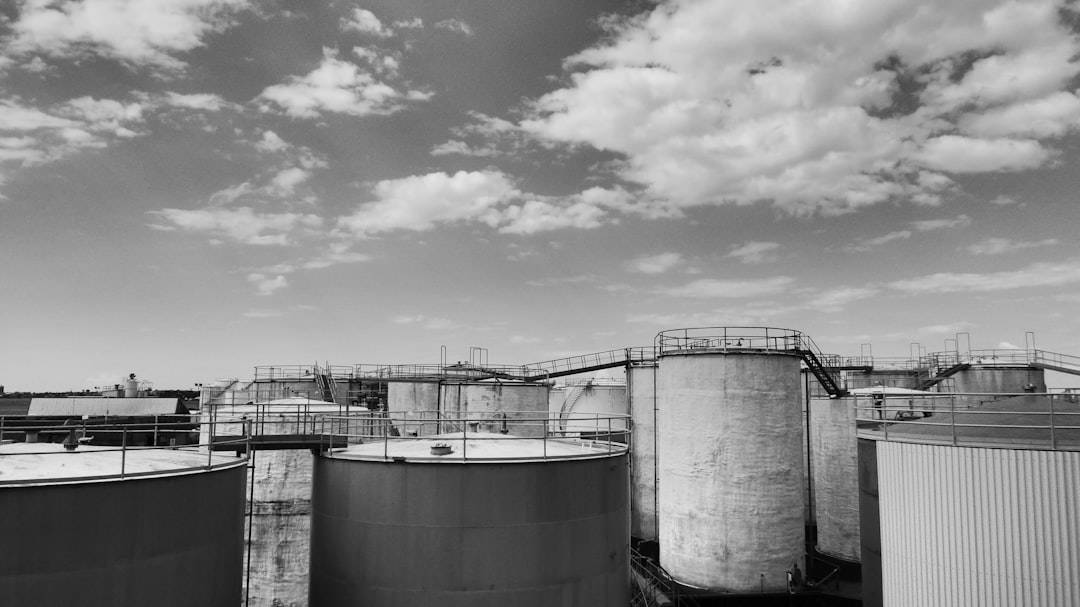Convolutional Neural Networks (CNNs) are a type of deep learning algorithm designed to process and analyze visual data, such as images and videos. Inspired by the human visual cortex, CNNs automatically learn and extract features from raw input data. They have become essential in many modern artificial intelligence (AI) applications, including image recognition, object detection, facial recognition, and medical image analysis.
CNNs are popular due to their ability to learn hierarchical representations of data, allowing them to capture complex patterns and relationships within the input. This makes them highly effective for tasks like image classification, where they can accurately identify and categorize objects in images. CNNs have also been successfully applied to image segmentation, partitioning images into different regions, and object detection, locating and identifying multiple objects within an image.
The effectiveness of CNNs in processing and analyzing visual data has significantly advanced AI capabilities across various domains. Their ability to automatically learn features from raw data has made them a powerful tool in the field of computer vision and image processing.
Key Takeaways
- CNNs are a type of deep learning algorithm commonly used in image recognition and classification tasks in AI.
- The architecture of CNNs consists of convolutional layers, pooling layers, and fully connected layers, which help in feature extraction and classification.
- Convolutional layers in CNNs play a crucial role in extracting features from input images through the use of filters and feature maps.
- Pooling layers in CNNs help in reducing the spatial dimensions of the input, leading to computational efficiency and translation invariance.
- Activation functions in CNNs, such as ReLU and Sigmoid, introduce non-linearity and help in learning complex patterns in the data.
The Architecture of Convolutional Neural Networks
The architecture of a Convolutional neural network (CNN) is composed of multiple layers that work together to process and analyze visual data. The basic building blocks of a CNN include convolutional layers, pooling layers, and fully connected layers. The convolutional layers are responsible for extracting features from the input data through a process called convolution, while the pooling layers are used to reduce the spatial dimensions of the feature maps.
The fully connected layers then process the extracted features to make predictions or classifications. The architecture of a CNN typically consists of multiple convolutional and pooling layers, followed by one or more fully connected layers. Each convolutional layer applies a set of filters to the input data to extract different features, while the pooling layers downsample the feature maps to reduce their spatial dimensions.
The fully connected layers then process the extracted features to make predictions or classifications. This hierarchical architecture allows CNNs to learn and capture complex patterns and relationships within the input data, making them highly effective for tasks such as image recognition and object detection.
The Role of Convolutional Layers in CNNs

Convolutional layers are a fundamental component of Convolutional Neural Networks (CNNs) and play a crucial role in extracting features from visual data. The main function of convolutional layers is to apply a set of filters to the input data through a process called convolution. These filters are small in size and are applied across the entire input data to extract different features such as edges, textures, and patterns.
By applying multiple filters to the input data, convolutional layers are able to capture a wide range of features at different spatial locations. The output of a convolutional layer is a feature map that represents the presence of different features within the input data. These feature maps are then passed on to subsequent layers for further processing and analysis.
The use of convolutional layers allows CNNs to automatically learn and extract relevant features from raw input data, without the need for manual feature engineering. This makes CNNs highly effective for tasks such as image recognition, where they can accurately identify and categorize objects within images based on the extracted features.
Understanding Pooling Layers in Convolutional Neural Networks
| Pooling Layer Type | Function | Parameters |
|---|---|---|
| Max Pooling | Selects the maximum value from the portion of the image covered by the kernel | Pool size, stride |
| Average Pooling | Calculates the average value from the portion of the image covered by the kernel | Pool size, stride |
| Global Average Pooling | Calculates the average value for each feature map across the entire image | N/A |
Pooling layers are an essential component of Convolutional Neural Networks (CNNs) and play a critical role in reducing the spatial dimensions of the feature maps. The main function of pooling layers is to downsample the feature maps by aggregating the information within local regions. This helps to reduce the computational complexity of the network and makes it more robust to variations in the input data.
There are different types of pooling operations such as max pooling, average pooling, and min pooling, each with its own way of aggregating information. Max pooling is the most commonly used pooling operation in CNNs, where the maximum value within each local region is selected to represent that region in the downsampled feature map. This helps to preserve the most important features within the input data while discarding irrelevant information.
Pooling layers also help to introduce translational invariance into the network, making it more robust to variations in the position or orientation of the features within the input data. Overall, pooling layers play a crucial role in reducing the spatial dimensions of the feature maps, while preserving the most important information for further processing.
The Importance of Activation Functions in CNNs
Activation functions are a key component of Convolutional Neural Networks (CNNs) and play a crucial role in introducing non-linearity into the network. The main function of activation functions is to introduce non-linear transformations to the output of each neuron within the network. This allows CNNs to learn and capture complex patterns and relationships within the input data, making them highly effective for tasks such as image recognition and object detection.
There are different types of activation functions such as sigmoid, tanh, ReLU, Leaky ReLU, and more, each with its own characteristics and properties. The most commonly used activation function in CNNs is the Rectified Linear Unit (ReLU), which introduces non-linearity by setting all negative values to zero. This helps to speed up the training process and prevents the vanishing gradient problem that can occur with other activation functions.
ReLU has become popular due to its simplicity and effectiveness in training deep neural networks. Activation functions are essential for enabling CNNs to learn complex representations of data, and play a crucial role in determining the performance and capabilities of the network.
Training and Fine-Tuning Convolutional Neural Networks

Training Convolutional Neural Networks (CNNs) involves optimizing the network’s parameters to minimize a loss function that measures the difference between the predicted outputs and the actual targets. This is typically done using an optimization algorithm such as stochastic gradient descent (SGD) or its variants, which iteratively updates the network’s parameters based on the gradients of the loss function with respect to those parameters. Training CNNs requires a large amount of labeled data, as well as computational resources such as GPUs to efficiently process and analyze visual data.
Fine-tuning CNNs involves adjusting the pre-trained network’s parameters on a new dataset or task, typically with fewer labeled examples than required for training from scratch. This allows CNNs to leverage knowledge learned from one task or dataset and apply it to another related task or dataset. Fine-tuning is commonly used in transfer learning, where a pre-trained CNN is adapted for a new task such as image classification or object detection.
This approach has proven to be highly effective for tasks with limited labeled data, as it allows CNNs to quickly adapt to new tasks or datasets without requiring extensive training.
Applications of Convolutional Neural Networks in AI
Convolutional Neural Networks (CNNs) have been widely applied in various domains of artificial intelligence (AI) due to their ability to process and analyze visual data effectively. One of the most prominent applications of CNNs is in image recognition, where they can accurately identify and categorize objects within images based on their learned features. CNNs have also been successfully applied to tasks such as object detection, where they can locate and identify multiple objects within an image, as well as image segmentation, where they can partition an image into different regions based on their features.
In addition to traditional computer vision tasks, CNNs have also been applied to medical image analysis, where they can assist in tasks such as disease diagnosis, tumor detection, and medical imaging interpretation. CNNs have also been used in facial recognition systems for security and surveillance applications, as well as in autonomous vehicles for tasks such as object detection and scene understanding. Overall, CNNs have proven to be a versatile tool for processing and analyzing visual data in various domains of AI, and continue to advance the capabilities of AI systems in real-world applications.
If you’re interested in learning more about the impact of emerging technologies on the metaverse, you should check out this article. It discusses how convolutional neural networks and other innovative technologies are shaping the future of the metaverse and how they are impacting the way we interact with virtual environments.
FAQs
What is a Convolutional Neural Network (CNN)?
A Convolutional Neural Network (CNN) is a type of deep learning algorithm that is designed to process and analyze visual data, such as images and videos. It is inspired by the organization and functioning of the human visual cortex.
How does a Convolutional Neural Network work?
A CNN works by using a series of convolutional layers to extract features from the input data, followed by pooling layers to reduce the spatial dimensions, and then fully connected layers to make predictions based on the extracted features.
What are the applications of Convolutional Neural Networks?
Convolutional Neural Networks are widely used in image and video recognition, object detection, facial recognition, medical image analysis, autonomous vehicles, and many other visual data processing tasks.
What are the advantages of using Convolutional Neural Networks?
Some advantages of using CNNs include their ability to automatically learn and extract features from visual data, their robustness to variations in input data, and their effectiveness in handling large-scale visual recognition tasks.
What are some popular CNN architectures?
Some popular CNN architectures include LeNet, AlexNet, VGG, GoogLeNet, ResNet, and many others. These architectures vary in terms of their depth, complexity, and performance on different visual recognition tasks.











Leave a Reply